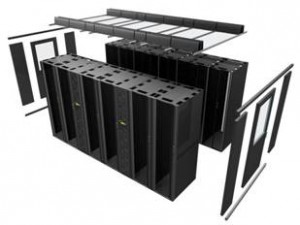Online Enrolment for Session 1, 2011
The Session 1, 2011 online enrolment period will open at 9.30am, Monday 15th November and close at 5pm, Monday 29th November.
The Session 1, 2011 GDM / GCCM Course Calendar is available on the AGSM MBA Programs website.
An enrolment planning guide for the GDM is available within the Academic Information section of the AGSM MBA Programs website. Students with queries regarding re-enrolment should contact the Student Experience team.
2011 Course Fees
Please note the revised course fees for 2011:
GDM/GCCM $3,450 per course ($575/UoC)
SMY $7,560 per course ($630/UoC)
$4,250 SMY Residential Fee
2011 Table of Key Dates
The GDM & GCCM Table of Key Dates for 2011 is now available on the ASB AGSM website.
2012 Annual Course Calendars
The GDM & GCCM Annual Course Calendars for 2012 are now available on the ASB AGSM website.
AF Intensive Weekend 2
The Accounting & Financial Management Intensive Weekend 2, will be held at the AGSM Building, Gate 11 Botany Street, Randwick, UNSW, Kensington campus, Sydney. Timetable as follows:
Friday 12 November: 6pm – 9pm
Saturday 13 November: 9am – 5pm
Sunday 14 November: 9am – 4pm
Workshop 2 Reminder – Operations Management & Managing Change
Operations Management Workshop 2 is this Saturday 13 November:
Managing Change Workshop 2 (Adelaide and Canberra only) is this Saturday 13 November:
Managing Change Workshop 2 (excluding Adelaide & Canberra) is scheduled next week, Saturday 20 November.
Please refer to the workshop schedule on the AGSM MBA Programs website for venues and times.
Events
November 2010
Brisbane: A business alumni event with guest speaker David Liddy, KPMG, Boardrooms 1 & 2, Level 16 Riparian Plaza, 71 Eagle St, Brisbane, 9 November.
Sydney: The Annual Alumni Cocktail Event, Simmer on the Bay, Shore 2/3, Walsh Bay, 13 Hickson Road, Dawes Point, Sydney, 11 November.
This is a great opportunity for you to network with business leaders and alumni. We have a special price for students, so please be sure to enter the promotion code P6B9Y9 on the registration page.
Canberra: Executive Intelligence, What it takes to move into the senior executive echelons of an organisation. Fujitsu House, 7-9 Moore St, Canberra, 24 November.
Brisbane: End-of-year Celebration Drinks, Jade Buddha (in the Jade Lounge), 1 Eagle Street, Brisbane, 30 Nov. Bookings essential
PLEASE NOTE: The Melbourne: Monthly Networking Drinks will return in December.
December 2010
Melbourne: End-of-year Networking Drinks, Silk Road (Dynasty Room), 425 Collins Street, Melbourne, 1 Dec
The Melbourne alumni committee is offering 1 free drink to everyone that pre-registers for the event by Monday 29th November. So book now!
We encourage students to access the following page regularly to keep up to date with events organised by alumni branches for alumni, students and their guests.




